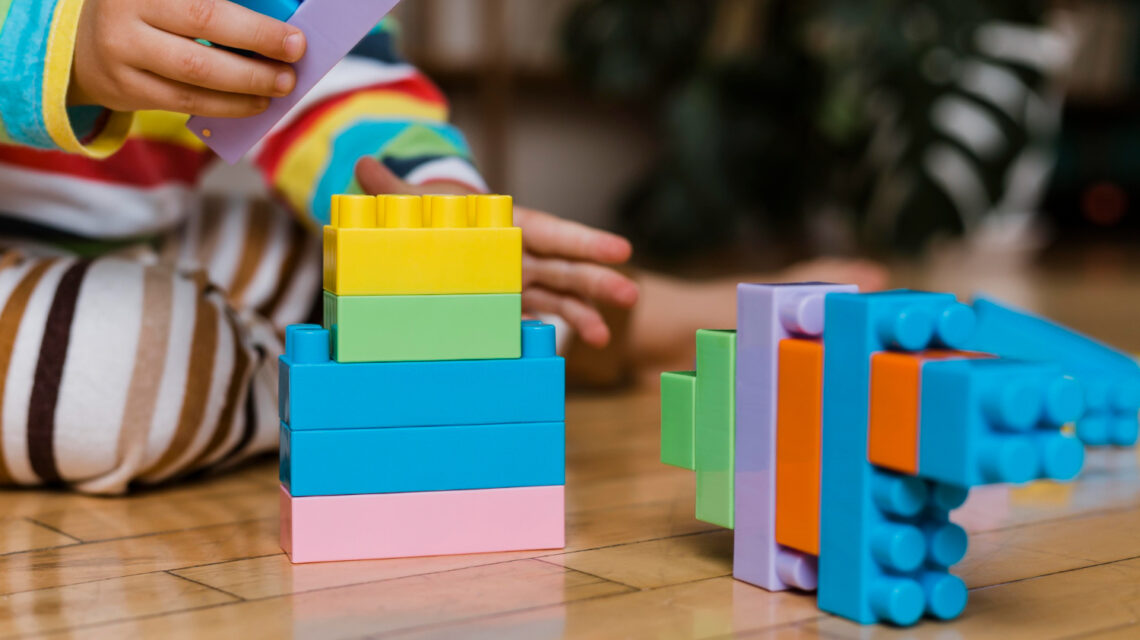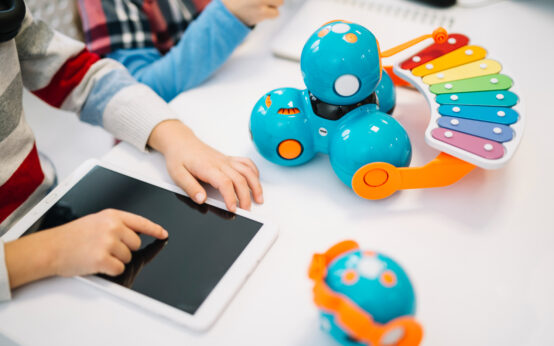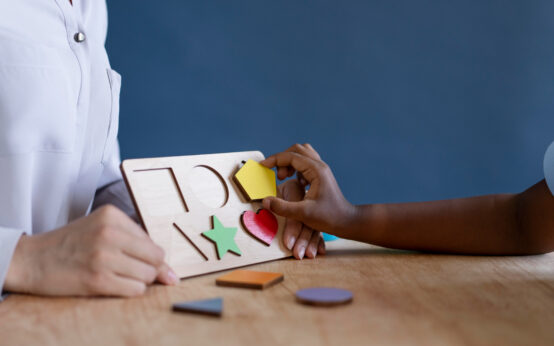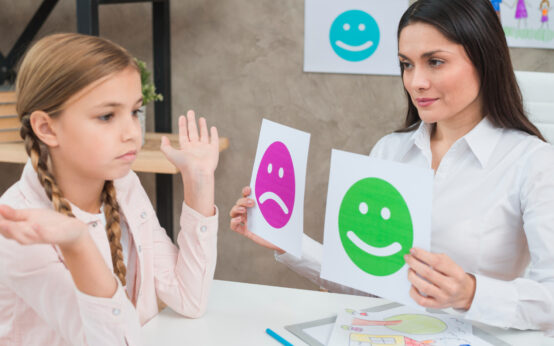Introduction
Autistic children often exhibit a unique approach to play, and therapists have long tapped into their passions to facilitate skill development. LEGO building toys have emerged as a particularly effective tool in autism therapy, fostering collaboration, communication, and symbolic thinking through play therapy. This article explores the foundations, workings, and effectiveness of LEGO therapy for autistic children.
The Theory Behind Play Therapy
Educator Maria Montessori once proclaimed that “play is the work of childhood,” highlighting the role of play in children’s learning. While neurotypical children engage in various forms of play to understand the world, autistic children often exhibit distinct play patterns such as playing alone or engaging in parallel play. Play therapy aims to build on these existing interests and enhance communication, imagination, and social skills.
In the realm of autism, therapists leverage play therapy to address challenges and encourage growth. For example, if a child repetitively engages in a particular play pattern, a therapist might introduce an obstacle, promoting interaction and negotiation. Play therapy has shown significant improvements in language, communication, collaboration, and physical skills.
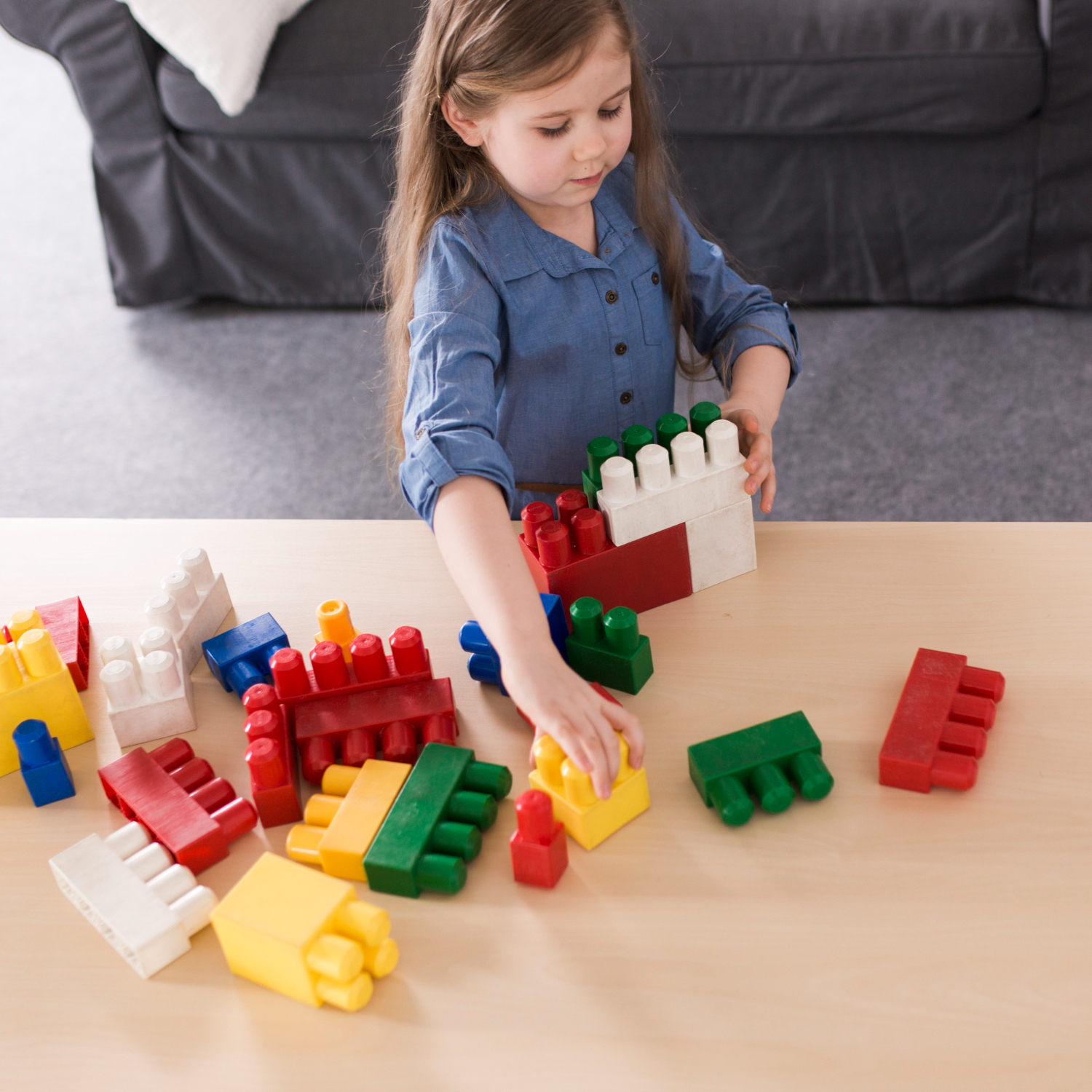
Lego therapy builds vibrant bridges of connection, where the colorful bricks become the language of understanding for individuals with autism, creating a world where every piece fits, and every connection brings joy and empowerment.
Stuart Duncan
Why LEGO Therapy Stands Out
LEGO building toys have gained popularity among autistic children due to their simplicity, predictability, and repeatability. Dr. Daniel LeGoff, a clinical neuropsychologist, noticed the affinity autistic children had for LEGOs and began experimenting with LEGO therapy in 2003. The therapy aimed to create an effective social skills program that could be applied in various settings and transferred to real-world peer interactions.
LEGOs offer benefits such as:
- Requiring strong fine motor skills and hand strength.
- Developing spatial, visual, and analytical skills.
- Holding intrinsic value in the wider world, with LEGO play recognized not just as a toy but also as an art form.
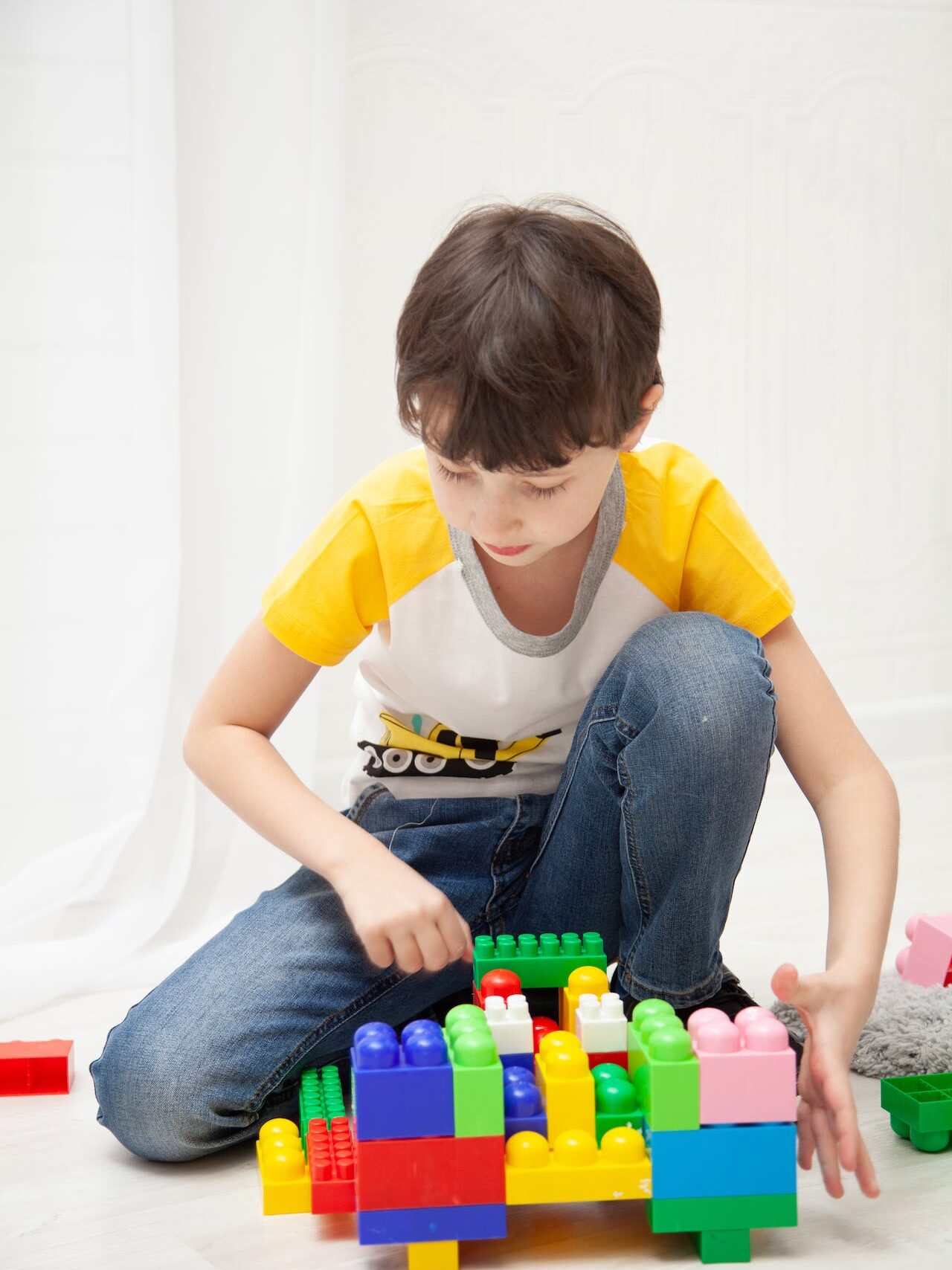
How LEGO Therapy Operates
LEGO therapy focuses on building skills that facilitate better engagement, shared experiences, and collaboration among autistic children. In its basic form, children work in a group with designated roles:
- The Engineer: Follows instructions for the model, directs the Builder, and requests bricks from the Supplier.
- The Supplier: Provides the LEGO bricks to the Engineer upon request.
- The Builder: Constructs the model based on the Engineer’s instructions.

An adult facilitator guides the group, encouraging problem-solving, communication, and engagement. LEGO therapy can be tailored to encourage creative play and collaboration through storytelling, dramatic activities, and innovation.
Evaluating LEGO Therapy’s Effectiveness
While there is a limited number of studies on LEGO therapy, it draws from existing, effective, risk-free therapies. Positive outcomes are more likely when a child actively enjoys building with LEGOs, is at a similar support level as peers, can follow verbal instructions, and has shown success in interactive play.
Before starting LEGO therapy, it is advisable to discuss goals, group dynamics, and therapeutic approaches with the involved therapists. A preliminary evaluation of the child’s readiness for this advanced form of LEGO play therapy is crucial.
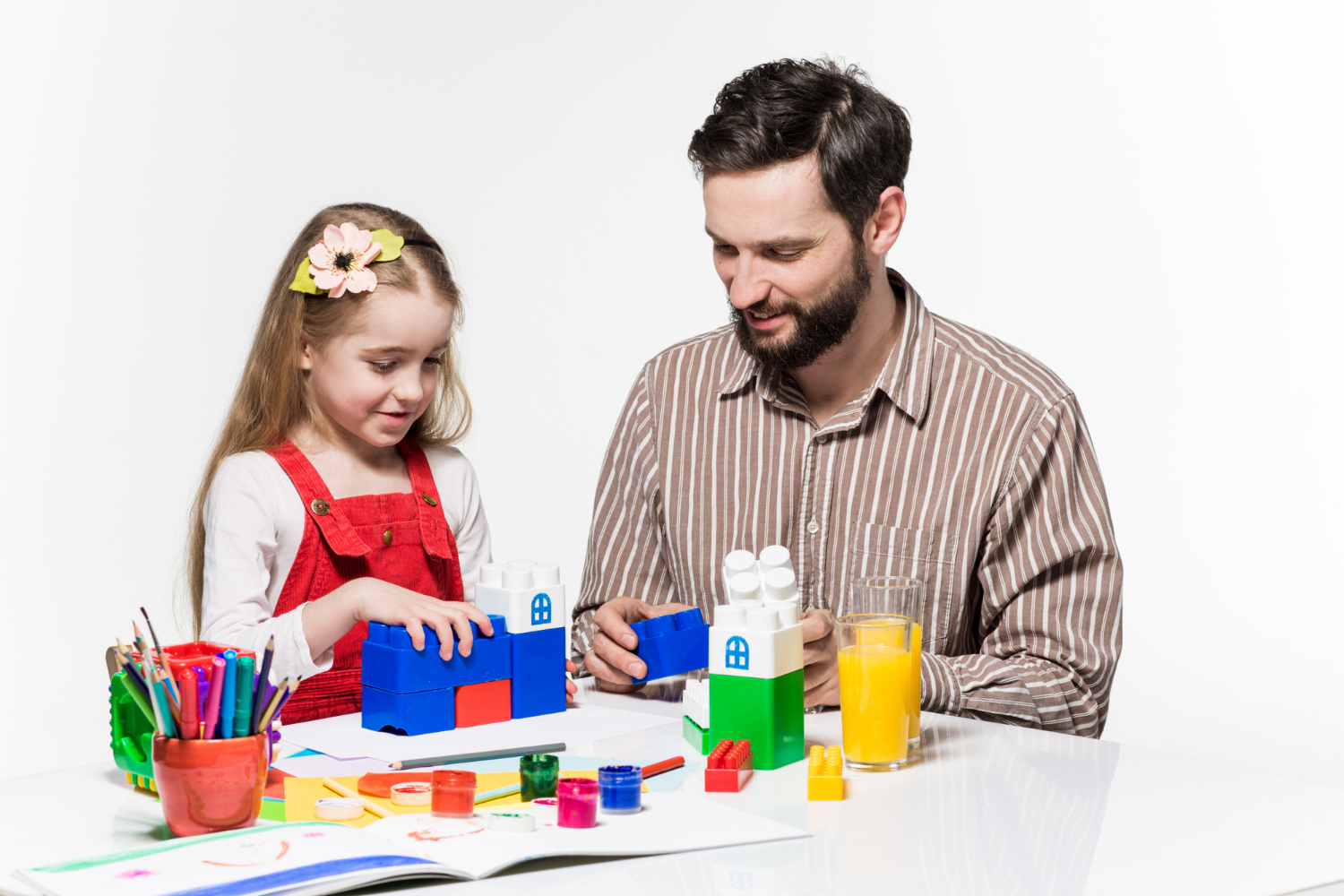
Beyond LEGO: Tailoring Therapy to Individual Interests
While LEGO therapy is beneficial, it’s essential to recognize that other collaborative projects can achieve similar results. Therapists have successfully used various activities, toys, and characters tailored to the unique interests of autistic individuals, such as Thomas the Tank Engine, Dungeons and Dragons, or online collaborative games like Minecraft.
LEGO Therapy Resources
LEGO therapy may not be available everywhere, but many therapists working with autistic children can incorporate LEGO play into their programs. Parents can also learn to use LEGOs as a therapeutic tool at home, working with siblings or other adults as a team.
Conclusion
To delve deeper into LEGO therapy, consult your school’s occupational or behavioral therapist, engage with your local autism support group, or explore relevant books on the subject. Building bridges through LEGO therapy offers a unique and effective way to enhance the lives of autistic children.
Source
- LeGoff, Daniel B. “Using LEGO to Teach Collaboration to Children with Autism.” Journal of Autism and Developmental Disorders, vol. 34, no. 5, 2004, pp. 557–571.
- Montessori, Maria. The Montessori Method: Scientific Pedagogy as Applied to Child Education in ‘The Children’s Houses’. Frederick A. Stokes Company Publishers, 1912.
- Owens, Janet. “Play Therapy for Autism Spectrum Disorder: A Review of the Literature.” School Psychology International, vol. 40, no. 3, 2019, pp. 288–303.
- Wainer, Alison L., et al. “Innovative Methods of Assessing Social Communication and Play in Young Children with Autism Spectrum Disorder.” Journal of Autism and Developmental Disorders, vol. 41, no. 5, 2011, pp. 535–544.
